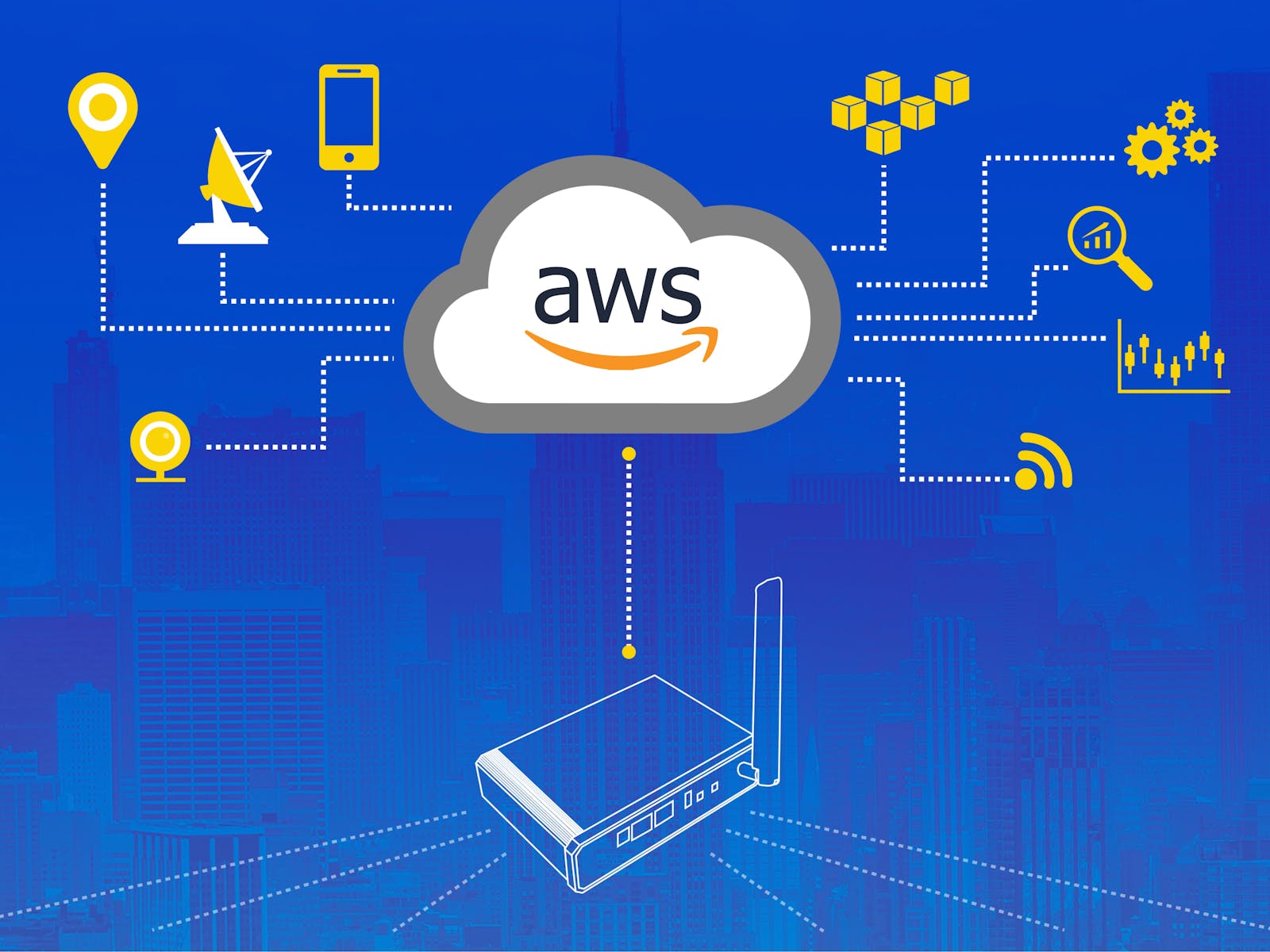LoRaWAN, a low-power wide-area network (LPWAN) technology, has gained significant traction in the Internet of Things (IoT) space. It enables long-range wireless communication between battery-powered devices and gateways. LoRa gateways are crucial intermediaries between IoT devices and network servers, facilitating data transmission. To ensure seamless data transfer and reliable connectivity, it is essential to correctly configure the LoRa gateway bridge. This blog will provide a comprehensive step-by-step guide and best practices for configuring the LoRa gateway bridge.
Understanding LoRa Gateway Bridge
LoRa Gateway Bridge is a software component that bridges LoRa gateways and network servers in a LoRaWAN deployment. It plays a vital role in managing the communication between gateways and servers, ensuring efficient data transfer and synchronization. It collects data from the gateways and forwards it to the appropriate network server.
Why is Proper Configuration Essential?
Proper configuration of the LoRa gateway bridge is essential for several reasons:
- It impacts the overall performance of the LoRaWAN network. Incorrect or suboptimal configuration can lead to packet loss, connectivity issues, and reduced network efficiency.
- Proper configuration enhances security by implementing encryption protocols, authentication mechanisms, and access control measures.
- It ensures data integrity and prevents unauthorized access, protecting sensitive information transmitted through the network.
Step-by-Step Configuration Guide
1. Preparing the Environment
Before configuring the LoRa gateway bridge, ensuring the environment is properly set up is crucial. This involves verifying hardware compatibility, installing the necessary software dependencies, and establishing network connectivity. Additionally, selecting a suitable gateway and network server that are compatible with the LoRa gateway bridge is essential for seamless integration.
2. Installing and Configuring the LoRa Gateway Bridge
To install the LoRa gateway bridge, the first step is to obtain the software package and follow the installation instructions provided by the manufacturer. Once installed, the configuration file must be customized to match the specific network setup. Parameters such as the gateway ID, network server address, and packet forwarder protocol must be correctly configured. The configuration file structure may vary depending on the LoRa gateway bridge software being used.
3. Network Server Configuration
In addition to configuring the LoRa gateway bridge, it is necessary to configure the network server to communicate with the gateway. This involves setting up the appropriate parameters on the network server, such as the gateway ID and server address. The network server can receive data from the gateways through the LoRa gateway bridge by establishing this communication.
Best Practices for LoRa Gateway Bridge Configuration
1. Security Considerations
Security is of paramount importance when configuring the LoRa gateway bridge. Implementing encryption protocols, such as Transport Layer Security (TLS), ensures that data transmitted between the gateway and server remains secure. Authentication mechanisms, such as unique identifiers and access tokens, should be employed to prevent unauthorized access. Access control measures, such as IP whitelisting or firewall rules, can further enhance security.
2. Optimizing Performance
Optimizing the performance of the LoRa gateway bridge involves various considerations. Adjusting the packet forwarder configuration settings, such as the number of retries and transmit power, can improve network efficiency. Optimizing radio settings, such as channel selection and spreading factor, helps maximize the coverage and capacity of the LoRaWAN network. Monitoring and analyzing gateway performance using tools and metrics enable proactive identification and resolution of potential bottlenecks.
3. Troubleshooting Common Issues
Despite best efforts in configuration, occasional issues may still arise. Understanding common issues and their troubleshooting steps can help in resolving them promptly. Some common issues related to LoRa gateway bridge configuration include connectivity errors, packet loss, and interference. Troubleshooting these issues involves verifying network connectivity, checking configuration parameters, and analyzing logs for error messages. By following established troubleshooting practices, administrators can quickly identify and resolve issues, ensuring the smooth operation of the LoRaWAN network.
Conclusion
Configuring the LoRa gateway bridge correctly is crucial for establishing a reliable and secure LoRaWAN network. This blog provides a step-by-step guide and best practices for configuring the LoRa gateway bridge. By following the outlined steps, administrators can ensure efficient data transfer, enhanced security, and optimal performance of their IoT networks.
FAQs
Q: What is the role of the LoRa gateway bridge in a LoRaWAN network?
The LoRa gateway bridge acts as a bridge between LoRa gateways and network servers, facilitating data transmission between them.
Q: Why is security important in the configuration of the LoRa gateway bridge?
Security is essential to protect sensitive information transmitted through the LoRaWAN network. Encryption protocols, authentication mechanisms, and access control measures ensure data integrity and prevent unauthorized access.
Q: How can I optimize the performance of the LoRa gateway bridge?
Optimizing performance involves adjusting packet forwarder configuration settings, optimizing radio settings, and monitoring gateway performance using tools and metrics.
Q: What should I do if I encounter connectivity issues or packet loss after configuring the LoRa gateway bridge?
First, verify network connectivity and check the configuration parameters for any errors. Analyze the logs for error messages and follow established troubleshooting steps to resolve the issues.
Q: Can I use any gateway and network server with the LoRa gateway bridge?
It is important to select gateways and network servers that are compatible with the LoRa gateway bridge software being used. Compatibility ensures seamless integration and proper communication between the gateway and server.

